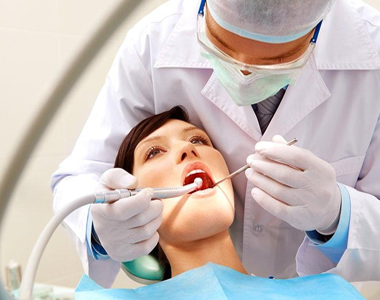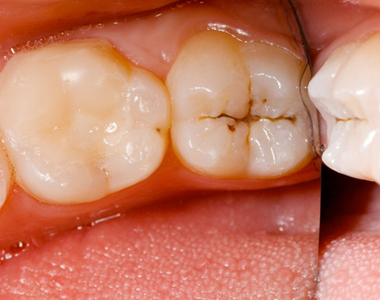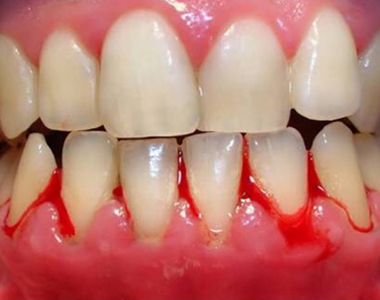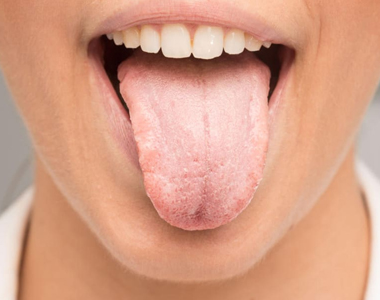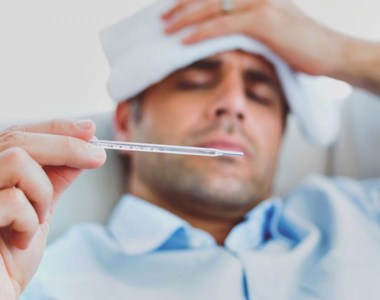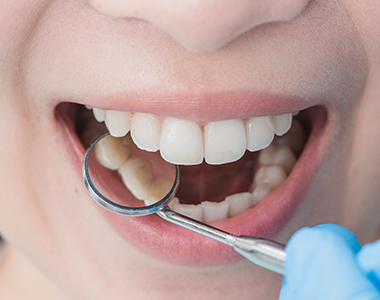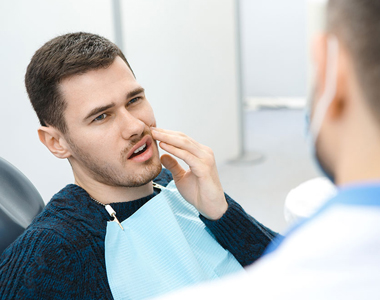March 5, 2020
Bleeding gums are
extremely common – to such an extent that most of us will experience them
during our lifetime.
One of the first signs of
gum disease are bleeding gums. This should act as a red alert that something
needs to change in our oral health routine.
Recent statistics show
that far too many of us are willing to overlook bleeding gums. Almost one in
five (19%) immediately stop brushing the bleeding area and nearly one in ten
(8%) stop brushing altogether. A little more than one in five (21%) decide to
book a dental appointment and more than one in four (28%) just discount the
problem altogether.
Just because it might seem
normal for our gums to bleed, it doesn’t mean we should ignore it. That’s why,
as part of National Smile Month, the Oral Health Foundation and GSK have come together to
list five ways we can help stop bleeding gums.
1. Brush
twice a day with a fluoride toothpaste
This is first on the list
for a reason. Brushing our teeth twice a day for two minutes with fluoride
toothpaste is vital for gum health and also helps protect against other oral
diseases.
For best results, keep
brushing the last thing at night and at one other time during the day, using an
electric toothbrush.
Dr. Soha Dattani, Director
Scientific & Professional Affairs at GSK Consumer Healthcare says:
“Twice-daily brushing is important because it removes plaque. If the plaque
isn’t removed, it continues to build up, potentially leading to tooth decay and gum disease.”
2. Use
interdental brushes or floss
Using interdental brushes
or floss is another key component of a good oral health routine. This is
because a toothbrush cannot get in between our teeth as interdental brushes or
floss can. It’s important to get into these areas which a toothbrush cannot
reach, otherwise, pockets of plaque may build up, potentially causing problems
for our gums and eventually lead to bleeding gums.
Dr. Nigel Carter OBE,
Chief Executive of the Oral Health Foundation says: “When we first
start using interdental brushes or floss it is common for our gums to bleed. If
this happens, it is important to persist and keep going. After a week or two,
the bleeding should stop.”
In recent years, studies
have linked gum health to a reduced risk of heart disease, so the benefits go
beyond our gum health.
3. Use a
fluoride mouthwash
Fluoride mouthwash is
beneficial for oral health as it helps to clear our mouth of debris. It also
helps prevent plaque build-up on our gums, in-between our teeth, and the
surface of our teeth in between brushing.
On top of all that, it can
also help to freshen our breath by killing the bacteria associated with bad
breath also known as halitosis. It is important that when considering a
mouthwash we choose one containing fluoride to help give our teeth that extra
protection throughout the day.
“Gums are the foundation
for healthy teeth and caring for them is important. Mouthwashes such as
Corsodyl can help treat and prevent gum problems and give our mouth the fresh
and healthy feeling it deserves.”
4.
Visiting the dentist
If we have something wrong
with our car, it is likely we would call a mechanic, right? The same
principle applies to problems in our mouth and a dental care professional. Dental practice is the best port of call for
any oral health issues we are having, including bleeding gums.
If our gums continue to
bleed over a prolonged period, it is important that we don’t wait for our
routine appointment to come around – pick up the telephone and book a visit.
Dr. Nigel Carter OBE,
Chief Executive of the Oral Health Foundation adds: “Once we have removed the
plaque, the health of our mouth should improve, and our gums should stop
bleeding.”
5.
Healthy diet and lifestyle
This is important not just for bleeding gums but for good health
in general. A healthy diet plays an important role for our mouth to function
properly. Remember that when we are reading the labels ‘no added sugar’ does
not necessarily mean that the product is sugar-free. It simply means that no
extra sugar has been added, but does not include the presence of
naturally-occurring sugars. Lifestyle factors can also affect our mouth health
such as smoking and drinking alcohol. Those who smoke are more likely to have
gum disease. This is because smoking causes a lack of oxygen in the
bloodstream, so the infected gums don’t get the chance to heal.
Dr. Dattani says: “A diet that is rich in vitamins, minerals, and
fresh fruit and vegetables can help us to prevent gum disease. Healthy gums
help us guard against tooth loss, bad breath, diabetes, heart attacks, and
strokes. These benefits extend far beyond the mouth and really can help improve
our quality of life.”
“It might be easy to overlook bleeding gums and think they are
quite harmless,” adds Dr. Carter.
However, the harsh reality is that if we ignore them then we could
end up losing teeth. It could also lead to several other diseases and harm our
overall well being.
Healthy gums are needed to support healthy teeth. Please don’t ignore
bleeding when brushing. By following the steps outlined in this blog we can
help give our oral health a boost it needs and halt bleeding gums in their
tracks.
Arnold, David “Five ways to stop bleeding gums and the benefits of doing so.” Oral Health Foundation, 31 May 2019,
https://www.dentalhealth.org/blog/five-ways-to-stop-bleeding-gums
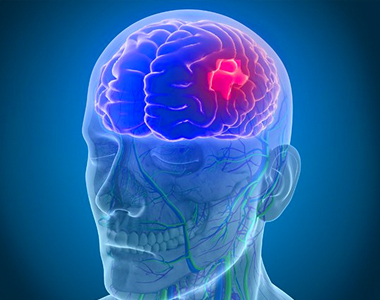

 Review Us
Review Us  Review Us
Review Us 
